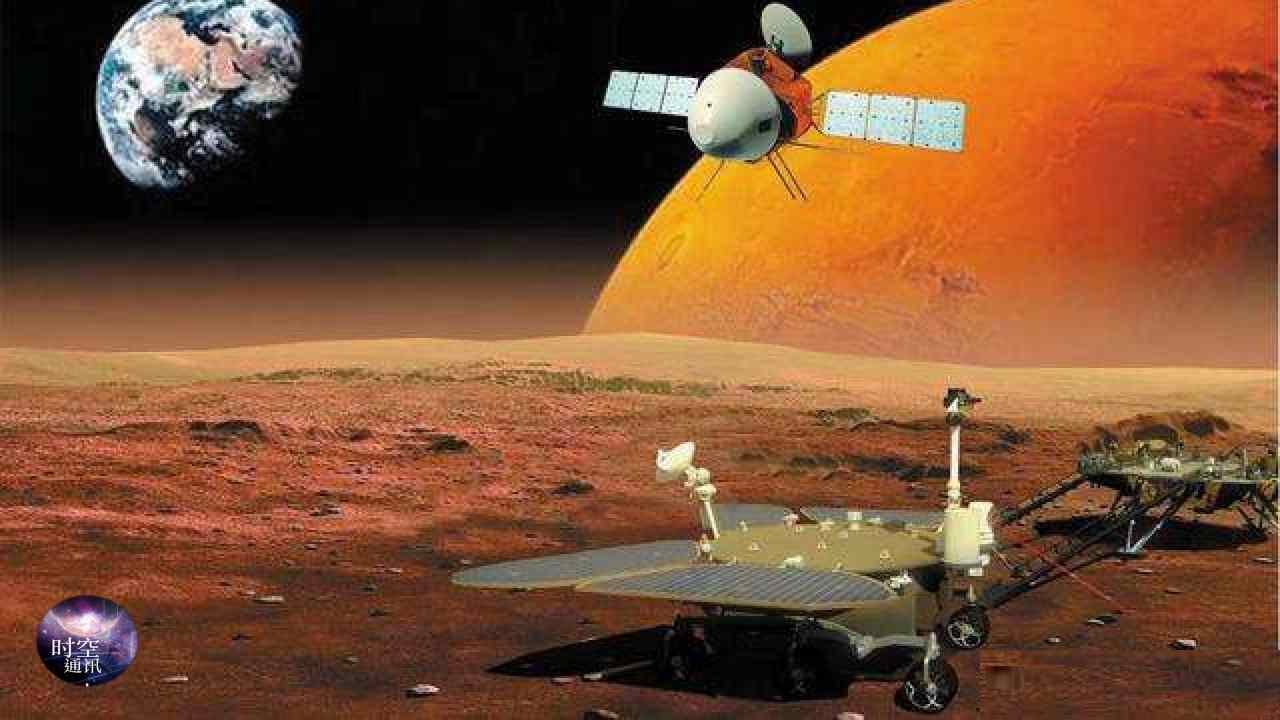Tianwen-1 To Be Ready For Mars Launchdown Soon

Following China’s successful launch of the Tianhe core cabin, the primary section for the country’s first space platform, into planned orbit, stargazers from around the world have now turned their heads back to Mars, looking forward to China’s Tianwen -1 probe’s upcoming landing somewhere in the southern part of a vast plain known as the Red Planet’s Utopia.
In order to achieve Mars’ “orbiting, landing and roving” all in one mission, China’s Tianwen-1 probe, which smoothly reached Martian parking orbit in February, has now entered a crucial touchdown stage as the Mars landing window officially opens from mid-May to June via the China National Space Administration (CNSA).
Chinese space observers expressed high confidence in Tianwen-1’s upcoming landing, citing the repeated success of Change lunar probe missions that included an identical automatic platform that provided valuable experience.
Tianwen Satellite
According to China Aerospace Science and Technology Corporation (CASC), China’s state-owned space giant and contractor of the country’s first Mars Tianwen-1 mission, Tianwen-1’s Mars entry, descent and landing (EDL) will take about nine minutes, reducing the Chinese explorer’s speed from 4.9 kilometers per second to zero.
Although Mars landing is well known as “seven minutes of terror,” the time spent may vary due to different designs, Pang Zhihao, a senior space expert based in Beijing, told Global Times.
Chinese craft landing will involve a decelerating aerodynamic stage before deploying parachute and variant thrust engine systems.
Such an aerodynamic decelerating stage will reduce the craft’s speed by about 90 percent, said Tan Zhiyun, a Chinese Academy of Space Technology, a subsidiary under the CASC, designer of the general probe system.
The entry and descent stages would take between 80 to 100 seconds and then the lander enters a hovering stage as it reaches 100 meters above the surface and sensors.
Through a Long March-5 Y4 carrier rocket, China launched the Mars probe on July 23, 2020, to complete orbiting, landing and roving in a single mission.
The China Academy of Launch Vehicle Technology rocket developer, also under the CASC, used Friday’s official WeChat public account to send his best wishes to Tianwen-1’s upcoming touchdown.
The rocket stage accompanied its payload – Tianwen-1 probe – all thanks to its destination, 475 million kilometers from Earth, and bid farewell just before Mars’ gravity field captured it.










